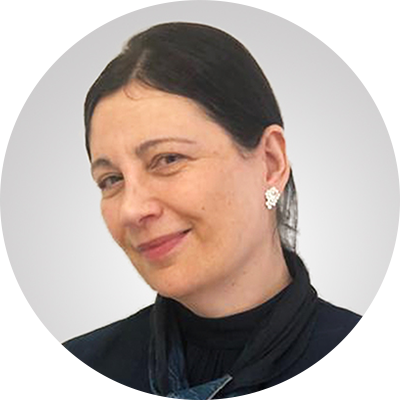YouTube is Conserving an Ancient Language for Next Gen Australians
The language that brought us the word “kangaroo” is no longer on the road to extinction thanks to social media!
If you think of YouTubers, native ambassadors for an Australian Aboriginal language are not the first thing that pops into your head! You’re more likely to think of celeb influencers, gamers, cooking or crafty pros, or beauty and wellness personalities. But in 2020, this popular and accessible platform has become the place where descendants of the Guugu Yimithirr people in northern Queensland, Australia, can reconnect with their ancient language and heritage.
Head to where the young people are!
The elders behind this YouTube initiative realized that it makes sense for the teaching of a language traditionally handed down from generation to generation, but now spoken by far fewer people, to move online. They wanted to head to the space where so many next gen Aboriginal youth spend so much of their time.
While the demise of the Guugu Yimithirr language is the result of official discouragement of its teaching in schools from the mid-20th century onwards, intermarriage, and the greater mobility of modern life, those working to revive Guugu Yimithirr see this as the perfect moment to reverse the trend. They want to get everyone comfortable with speaking their own tongue once again.
Guugu Yimithirr is one of the earliest Australian Aboriginal languages recorded by Captain Cook in 1770, with the Guugu Yimithirr word for ‘kangaroo’ being the foundation of the word in English. #Language #IndigenousLanguage #LearnLanguage #indigenous https://t.co/1lmq8mHV7p
— GoodToGreatSchools (@GoodtoGreatAust) June 3, 2020
Guugu Yimithirr on YouTube
Guugu Yimithirr is an indigenous Australian language, the traditional mother tongue of the Guugu Yimithirr people. Most speakers today live in the community of Hope Vale in northern Queensland, but only around half of the 1,400 local Guugu Yimithirr people, mostly grandparents, can speak the language fluently. This is why renewed efforts are being made to teach it to children and young adults.
Presented by Guugu Yimithirr elders and former teachers such as Dora Gibson, the short tutorial videos have been uploaded to YouTube since March 2020 by Good to Great Schools Australia. This educational non-profit helps First Nations Peoples to preserve their languages. Exploring the language through songs, storytelling or situations, these videos aim to expand vocabulary but also to connect the Guugu Yimithirr people to their culture.
Gibson told the National Indigenous Times that as a girl growing up, officials insisted that only English should be learned and spoken at school, and so her own language was restricted to the home. But she sees a silver lining in the way things turned out: “In doing so, they sort of subconsciously gave us the ability to have that control of our language. I can talk to you now [in English] and then I can talk to you in my language, I have control of that.”
Gibson is pleased that today, in contrast to the past, there’s been a “turnaround”. She appreciates that the Guugu Yimithirr language is now valued as something important to study and sustain.
The local school, Hope Vale Cape York Aboriginal Australian Academy, already offers a Guugu Yimithirr program, but its attendance and community engagement officer, Cheryl Cannon, sees the YouTube videos as a route into learning beyond the classroom. She told ABC News, Australia, that the family viewing these videos encourage, gets younger siblings and younger parents speaking the language and exploring their roots.
A language steeped in history and a rare mindset
Guugu Yimithirr was the first Australian indigenous language ever to be written down. This happened when explorer Captain Cook and his crew recorded 200 of its words in 1770 while their ship was being repaired after it ran aground on the Great Barrier Reef.
Another fascinating fact about the Guugu Yimithirr language is the way it understands space. Unlike in Western languages, which view space in relation to the subject, this is one of a handful of languages that think of locations and directions in a geographic rather than egocentric way.
This means that it is common to describe an object as having been left on a northern table, in the eastern side of a home, or to warn a friend to look out for a large insect just north of their foot, for example. A New York Times article discussing how language shapes our thinking, talks about this unusual mental map that gives its proficient speakers a near-superhuman sense of orientation.
“Guugu Yimithirr is one of the best kept languages in Australia, and we are proud to be part of that” Gibson emphasizes. “Your language gives you your culture and your identity, it makes you proud to be who you are.”
YOU MIGHT ALSO LIKE:
World Unity Week: Celebrating the Shift From “Me” to “We”
A Bounty of New Corals Found on the World’s Largest Coral Reef
New Crayons for Kids Come in Authentic Skin Tones From Around the World!







